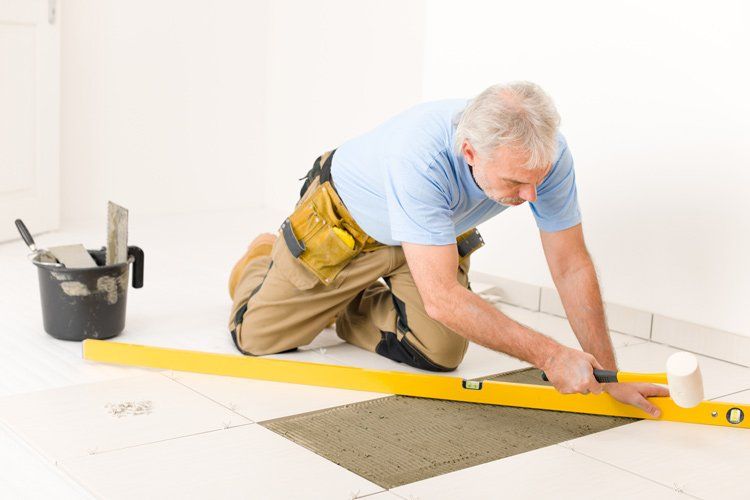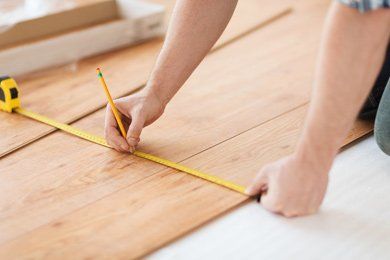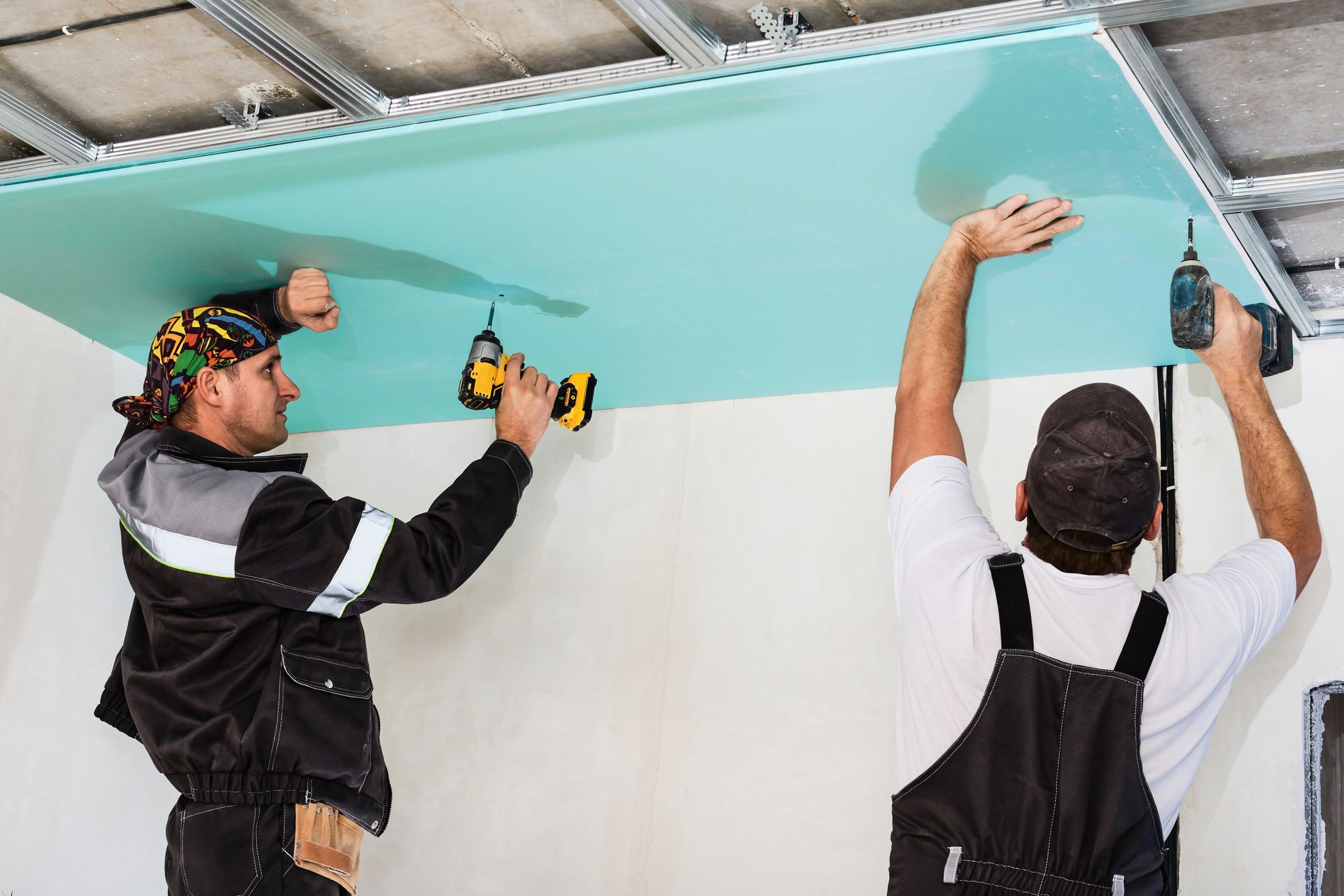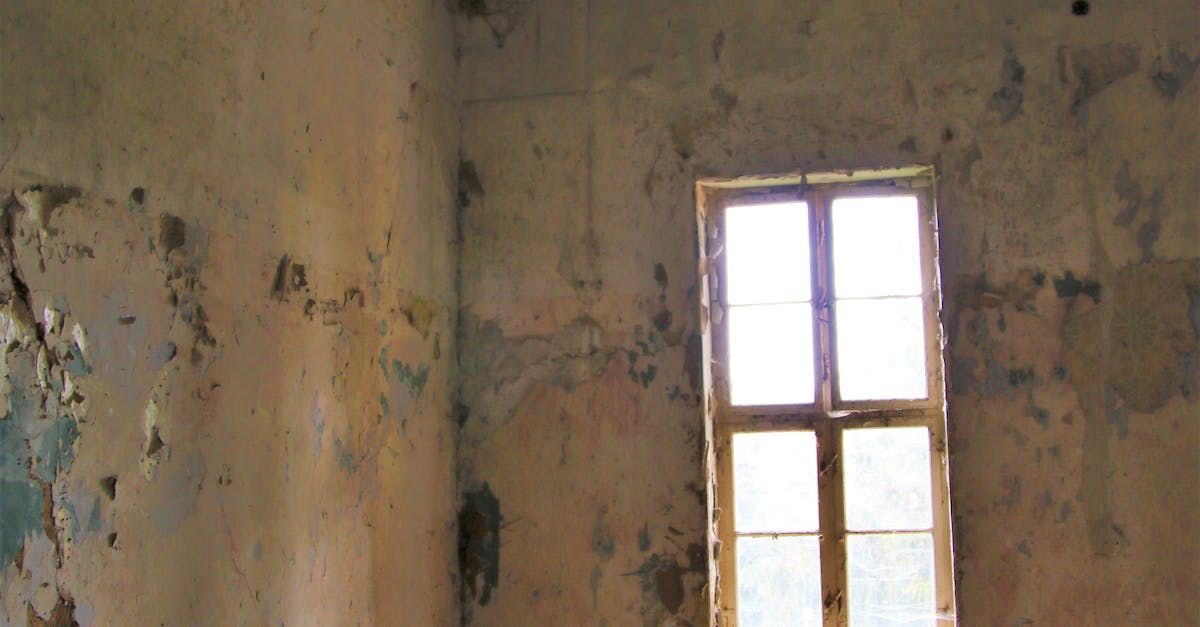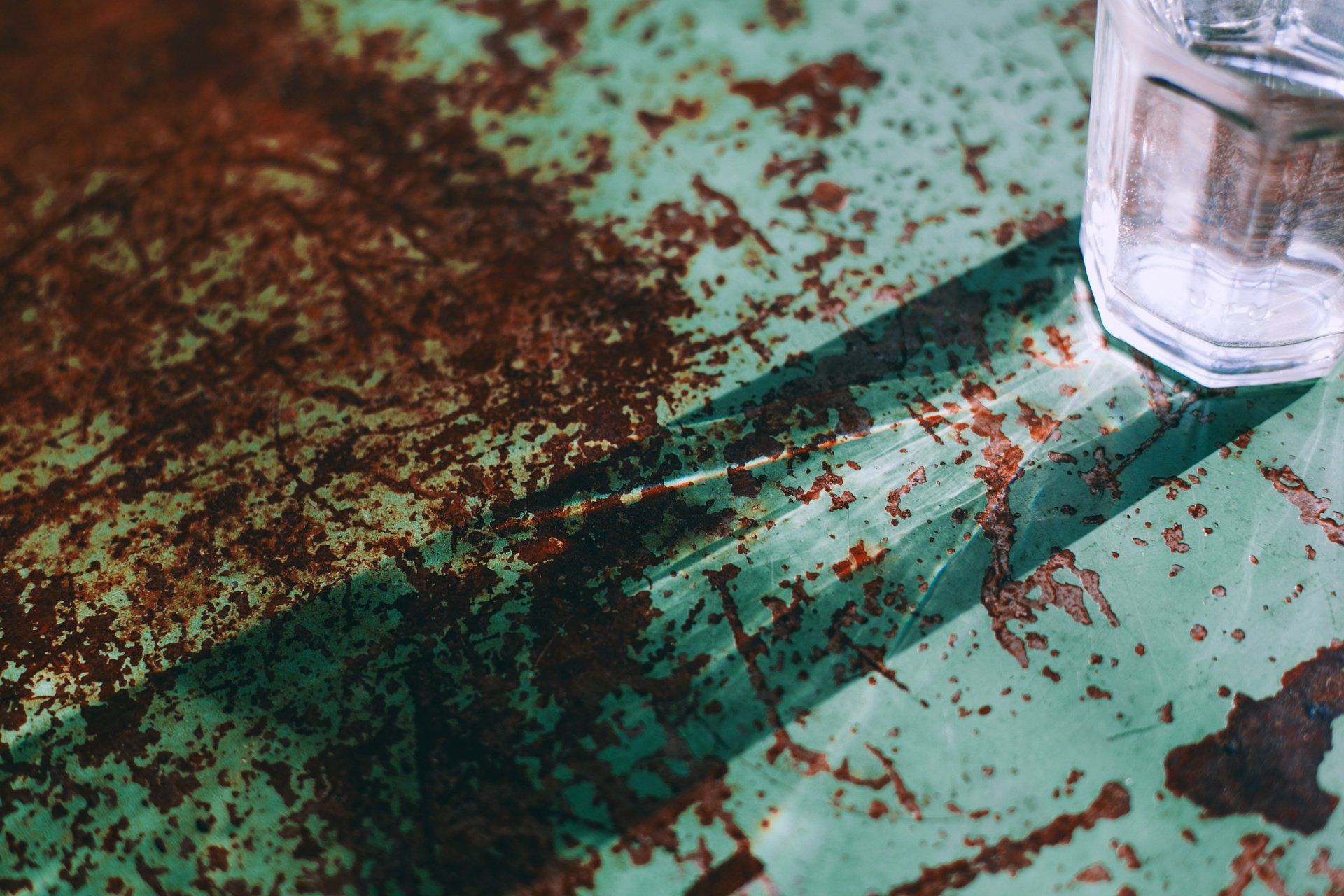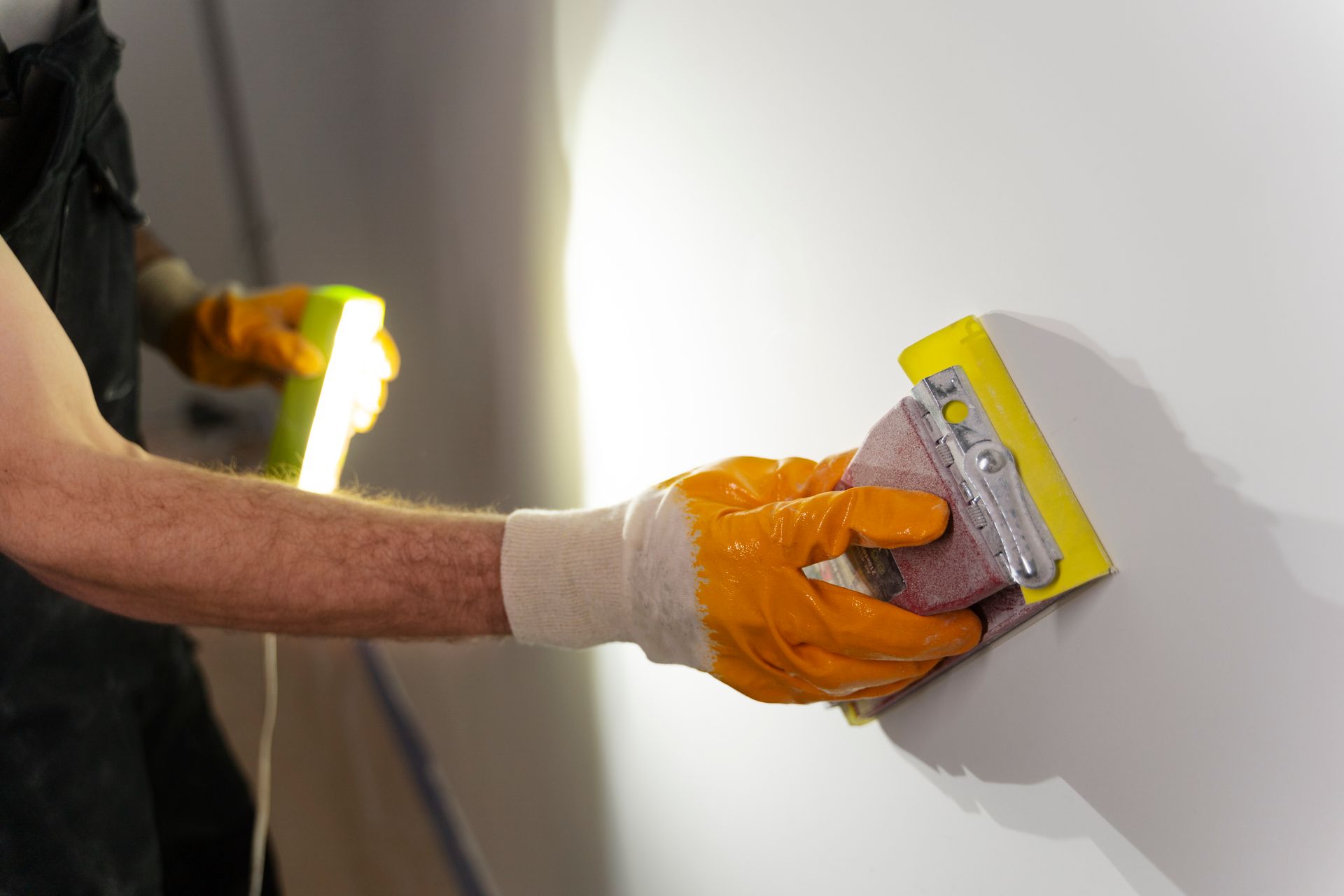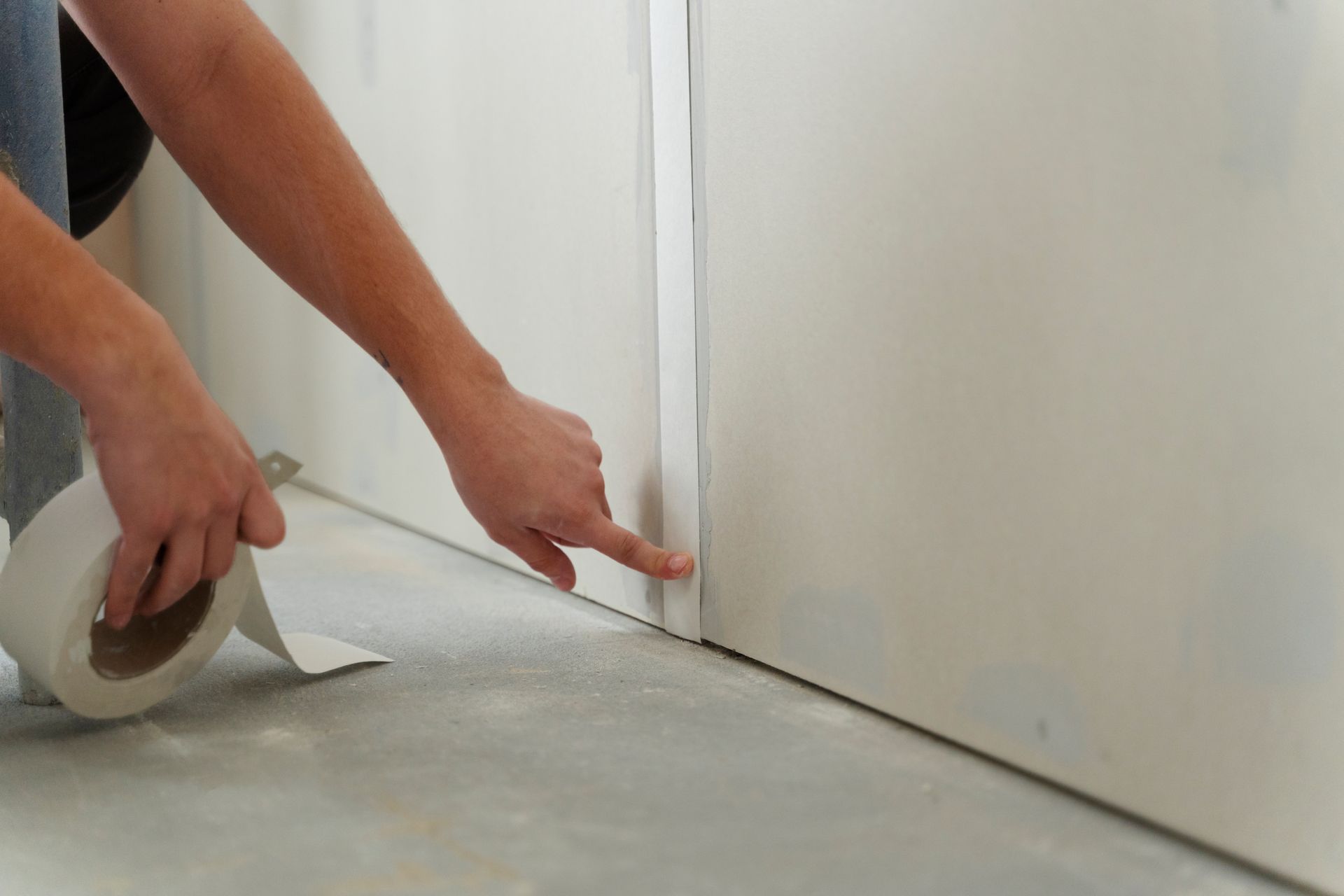No More Cracks: The Comprehensive Guide to Drywall Repair
Mastering the Art of Seamless Wall Restoration with Expert Drywall Techniques
Drywall, a common building material in modern construction, is known for its durability and ease of installation. However, it's not immune to damage. From small dents to large holes, drywall can suffer a variety of injuries that require repair. This guide delves into the world of drywall repair services, offering insights and techniques for restoring walls to their original condition.
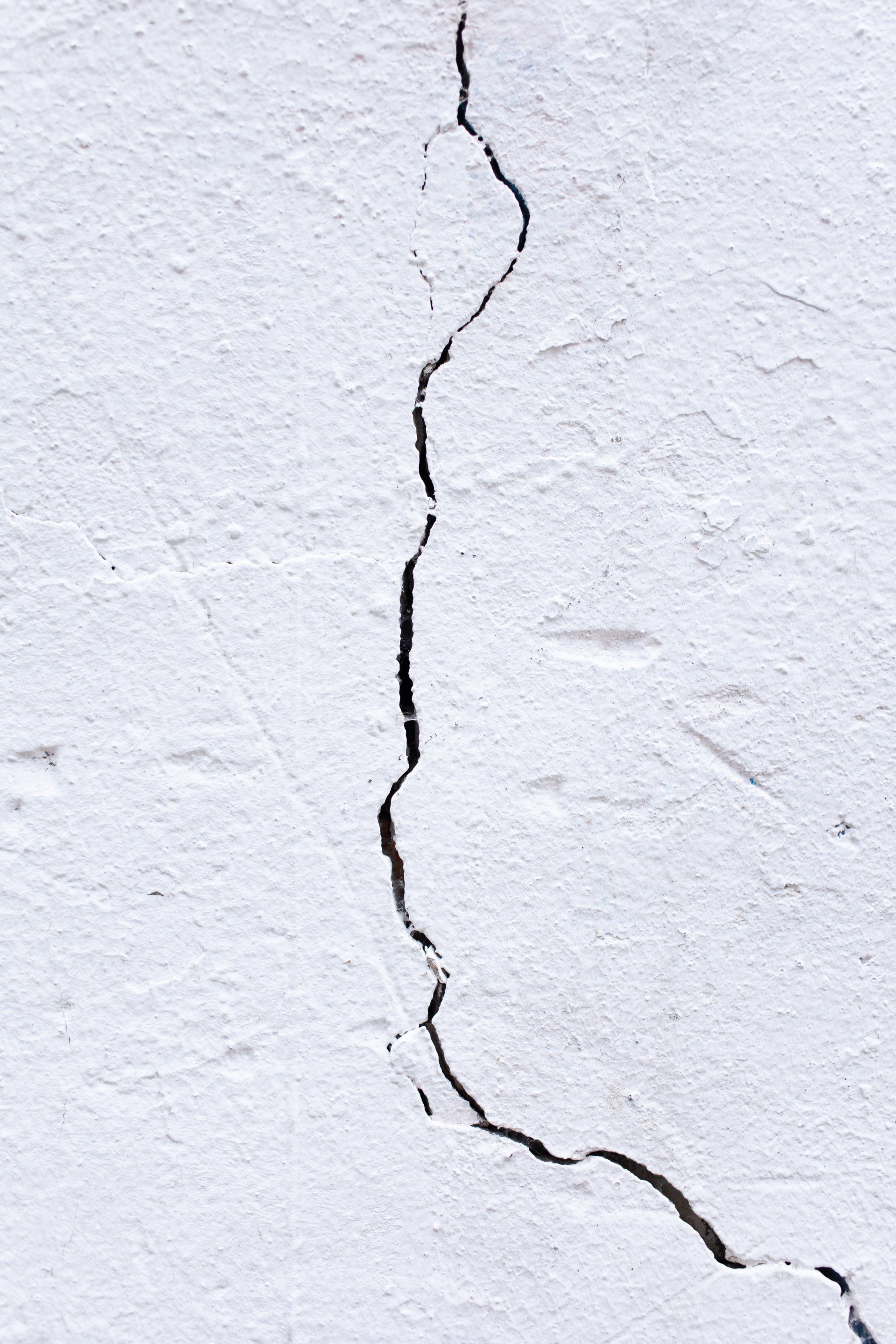
Understanding Drywall Basics
Before diving into repairs, it's essential to understand what drywall is. Drywall sheets, also known as wallboard or sheetrock, are made of gypsum plaster pressed between two thick sheets of paper. They are used to create interior walls and ceilings. When these panels are damaged, they require specific repair methods to ensure durability and aesthetic appeal.
Common Types of Drywall Damage
Drywall damage can range from minor cracks to significant holes. Some of the most common issues include:
- Small Holes and Cracks: Often caused by everyday wear and tear.
- Large Holes: Usually resulting from accidents or structural issues.
- Water Damage: Leading to weakening and mold growth.
- Cracks from Settling: Occur in older buildings or new constructions as they settle.
Step-by-Step Guide to Drywall Repair
Preparing for Repair
- Identify the Damage: Assess the type and extent of damage to determine the repair method.
- Gather Materials: You'll need drywall panels or sheets, drywall tape, sheetrock tape, drywall screws, and other tools.
Repairing Small Holes and Cracks
- Use Drywall Tape: For small cracks, apply drywall tape for reinforcement.
- Apply Joint Compound: Smooth over the tape with joint compound, let dry, and sand.
Repairing Large Holes
- Cut Out Damaged Area: Use a saw to remove the damaged section.
- Install New Drywall: Measure and cut a new piece of drywall to fit.
- Secure with Drywall Screws: Attach the new section with screws.
- Tape and Mud: Apply tape around the edges and cover with joint compound.
For a detailed overview of hole repair, visit our comprehensive guide. Here, you'll find extensive insights, expert tips, and practical solutions to enhance your home improvement projects.
Addressing Water Damage
- Remove Wet Drywall: Cut out any water-damaged areas.
- Dry the Area: Ensure the underlying structure is dry.
- Replace with New Drywall: Follow the steps for large hole repair.
Finishing Touches
- Drywall Finishing: Apply additional layers of joint compound, sanding between each layer.
- Drywall Restoration: Ensure the surface is smooth and ready for painting or texturing.
Hiring a Drywall Repair Company
While DIY repairs are possible, larger or more complex damages might require professional attention. When seeking a drywall repair company or a sheetrock contractor, consider the following:
- Expertise: Look for companies with extensive experience in drywall services.
- Location: For instance, if you're in Dallas, TX, search specifically for 'drywall repair Dallas TX'.
- Reviews and References: Check their past work and customer feedback.
Preventing Future Damage
To minimize the need for future repairs:
- Handle with Care: Be cautious with activities near walls.
- Regular Maintenance: Inspect and address minor issues promptly.
- Humidity Control: Keep your home's humidity at a reasonable level to prevent moisture damage.
Advanced Techniques in Drywall Repair
Techniques for Seamless Repair
- Texturing: After repairing, match the texture of the existing wall. Techniques like stippling or orange peel can be used for a consistent look.
- Feathering Joint Compound: Apply joint compound wider than the repair area and gradually thin it out towards the edges for a seamless blend.
- Color Matching: If painting over the repair, ensure the paint matches the existing wall color.
Specialty Drywall Repair
- Acoustic Sheetrock Repair: For walls designed for soundproofing, use specialized acoustic sheetrock and sealants.
- Fire-Resistant Drywall Repair: In areas requiring fire-resistant materials, ensure the replacement sheets meet the necessary safety standards.
Tools and Materials for DIY Enthusiasts
To effectively carry out drywall repair, having the right tools and materials is crucial. Here’s a list:
- Basic Tools: Drywall saw, utility knife, sanding block, joint knives.
- Materials: Drywall sheets, joint compound, drywall tape, screws.
- Safety Gear: Safety glasses, dust mask, gloves.
Eco-Friendly and Sustainable Practices
In the realm of drywall repair, considering the environmental impact is essential:
- Recycling Drywall: Some drywall materials can be recycled. Check with local recycling centers.
- Using Sustainable Materials: Opt for eco-friendly drywall options available in the market.
Dealing with Structural Issues
Sometimes, drywall damage might indicate deeper structural problems:
- Inspect for Structural Damage: If you suspect structural issues, consult a professional before proceeding with repairs.
- Addressing Root Causes: Fix any underlying problems such as water leaks or foundation issues to prevent recurring damage.
Professional Insights: Tips from Sheetrock Contractors
Gaining insights from professional sheetrock contractors can provide valuable tips for high-quality repairs:
- Proper Measurement and Cutting: Accuracy in measuring and cutting drywall sheets ensures a snug fit and fewer gaps.
- Mudding Techniques: Skilled contractors can offer advice on the best ways to apply and sand joint compound.
Staying Up-to-Date with Building Codes
When undertaking significant repairs, it's important to stay compliant with local building codes. This is especially relevant for:
- Fire-Rated Walls: Ensuring repaired walls meet fire safety standards.
- Insulation and Ventilation: Adhering to regulations regarding insulation and air flow.
When to Call a Professional
Although many drywall repairs are manageable DIY projects, certain situations call for professional expertise:
- Extensive Damage: Large or complex damage might require more advanced skills and tools.
- Health and Safety Concerns: Professionals are equipped to handle repairs that might involve hazardous materials like asbestos.
Conclusion
Drywall repair is a multifaceted task that ranges from simple fixes to complex restorations. Whether undertaking a DIY project or hiring a professional, understanding the nuances of different repair techniques, materials, and safety considerations is paramount. Regular maintenance and attention to detail can greatly extend the life of your drywall, maintaining the aesthetic and structural integrity of your home.
Ready to work with Dallas Drywall Solutions?
Let's connect! We’re here to help.
Send us a message and we’ll be in touch.
Or give us a call today at 972-362-9799

